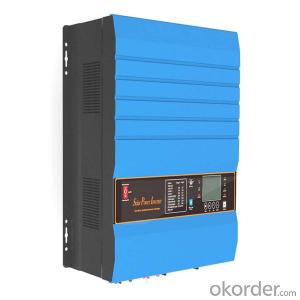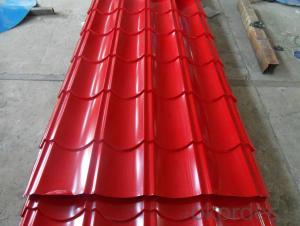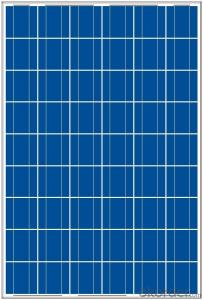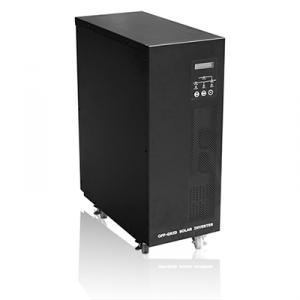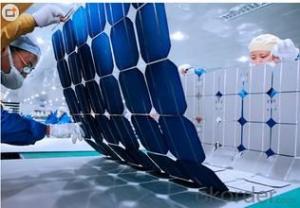Best 10kw Solar Inverter
Best 10kw Solar Inverter Related Searches
Best Paint For Stainless Steel Best Inverter For Solar System Solar Panel Inverter For Home Best Inverter For Solar Panels Best Solar Inverter For Rv Bending Machine For Pvc Profiles Micro Inverter For Solar Panel Best Glue For Aluminum Foil Pvc Foil For Mdf Plastic Wall Coverings For BathroomsHot Searches
Type Of Inverter For Solar Price Of Shipping Containers For Sale Types Of Inverter For Solar Used Sandwich Panel For Sale Bags Of Cement For Sale Pvc Chairs For Sale Tilt Panel Props For Sale Types Of Temporary Side Panels For Cement Deck Cost Of Awnings For Decks Type Of Scaffolding With Pdf Price Of Scrap Stainless Steel Price Of Stainless Steel Scrap Price Of Stainless Steel Type Of Stainless Steel Best Solar Inverter In China Types Of Stainless Steel Grades Types Of Stainless Steel China Aluminum Coil Factory pvc pipe manufacturers in usa Sandwich Panel Price In IndiaBest 10kw Solar Inverter Supplier & Manufacturer from China
Okorder.com is a professional Best 10kw Solar Inverter supplier & manufacturer, offers integrated one-stop services including real-time quoting and online cargo tracking. We are funded by CNBM Group, a Fortune 500 enterprise and the largest Best 10kw Solar Inverter firm in China.Hot Products
FAQ
- The role of a grid protection relay in a solar inverter is to monitor the performance and safety of the grid connection. It helps to ensure that the solar inverter operates within the specified parameters and protects the grid from any potential issues such as overvoltage, undervoltage, or frequency deviations. The relay acts as a safeguard by quickly disconnecting the solar inverter from the grid in case of any abnormalities, preventing any damage to the inverter or the grid itself.
- A solar inverter handles grid frequency deviations by continuously monitoring the frequency of the grid and adjusting its output accordingly. If the grid frequency deviates from the set nominal frequency, the inverter uses its internal control algorithm to regulate the power output from the solar panels to match the grid frequency. This ensures that the inverter stays synchronized with the grid and helps maintain stability in the overall power system.
- Yes, a solar inverter can be used in a multi-string configuration. In fact, many modern solar inverters are designed to handle multiple strings of solar panels. This configuration allows for more flexibility in system design and improves overall performance and efficiency of the solar power system.
- Yes, a solar inverter can be used in systems with different module capacities. Solar inverters are designed to convert the DC power generated by solar panels into AC power that can be used in homes or businesses. They are typically designed to handle a range of module capacities and can be adjusted or configured to accommodate different system sizes. However, it is important to ensure that the inverter's capacity is compatible with the total capacity of the solar panels in the system to ensure optimal performance.
- Yes, a solar inverter can be connected to the grid. In fact, grid-connected solar inverters are designed to convert the direct current (DC) generated by solar panels into alternating current (AC) that can be fed back into the electrical grid. This allows excess electricity produced by the solar panels to be distributed and used by other consumers, and in some cases, even earn credits or financial compensation through net metering.
- The role of anti-islanding protection in a solar inverter is to ensure the safety of electrical grid workers by preventing the solar inverter from energizing the grid during a power outage. It is designed to detect grid failures and immediately disconnect the solar system from the grid, avoiding a potentially dangerous situation known as islanding. This protection feature helps maintain the stability and integrity of the electrical grid and protects both the grid workers and the solar system itself.
- Yes, a solar inverter can be used with a hybrid solar system. In fact, a solar inverter is an essential component of a hybrid solar system as it converts the DC power generated by the solar panels into AC power that can be used to power electrical devices or be fed into the grid. The inverter also allows for the seamless integration of other power sources, such as a battery storage system or a backup generator, in a hybrid solar system.
- PV grid-connected inverter and independent inverter in the control of what is the difference
- PV grid-connected inverter in the grid before the inverter needs to determine the phase voltage phase frequency, the first phase-locked, in the grid and power generation.








